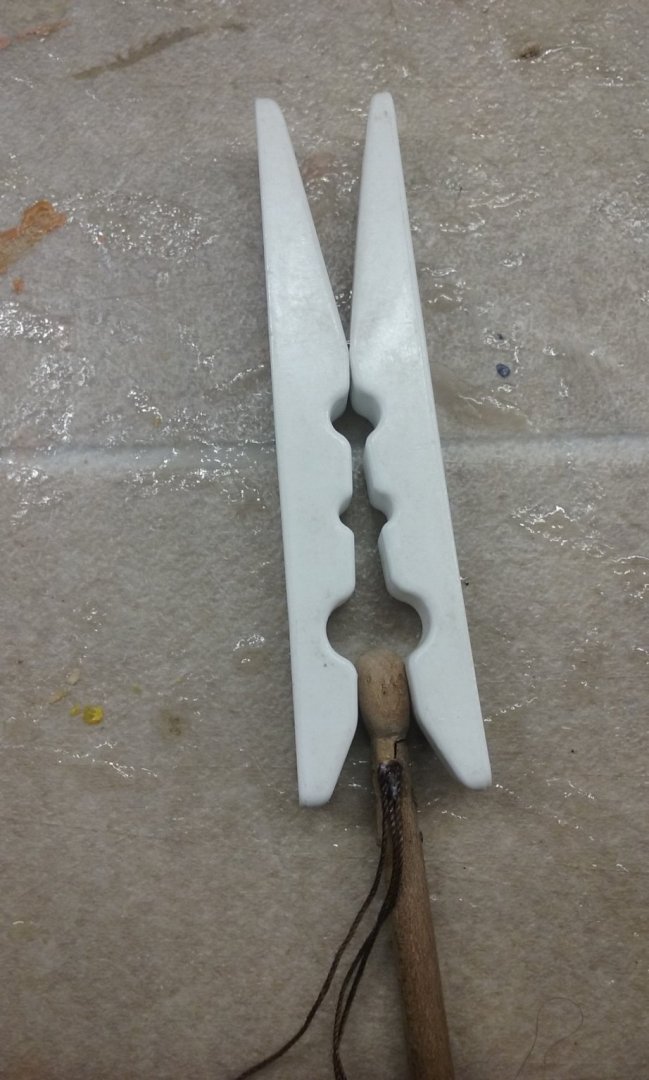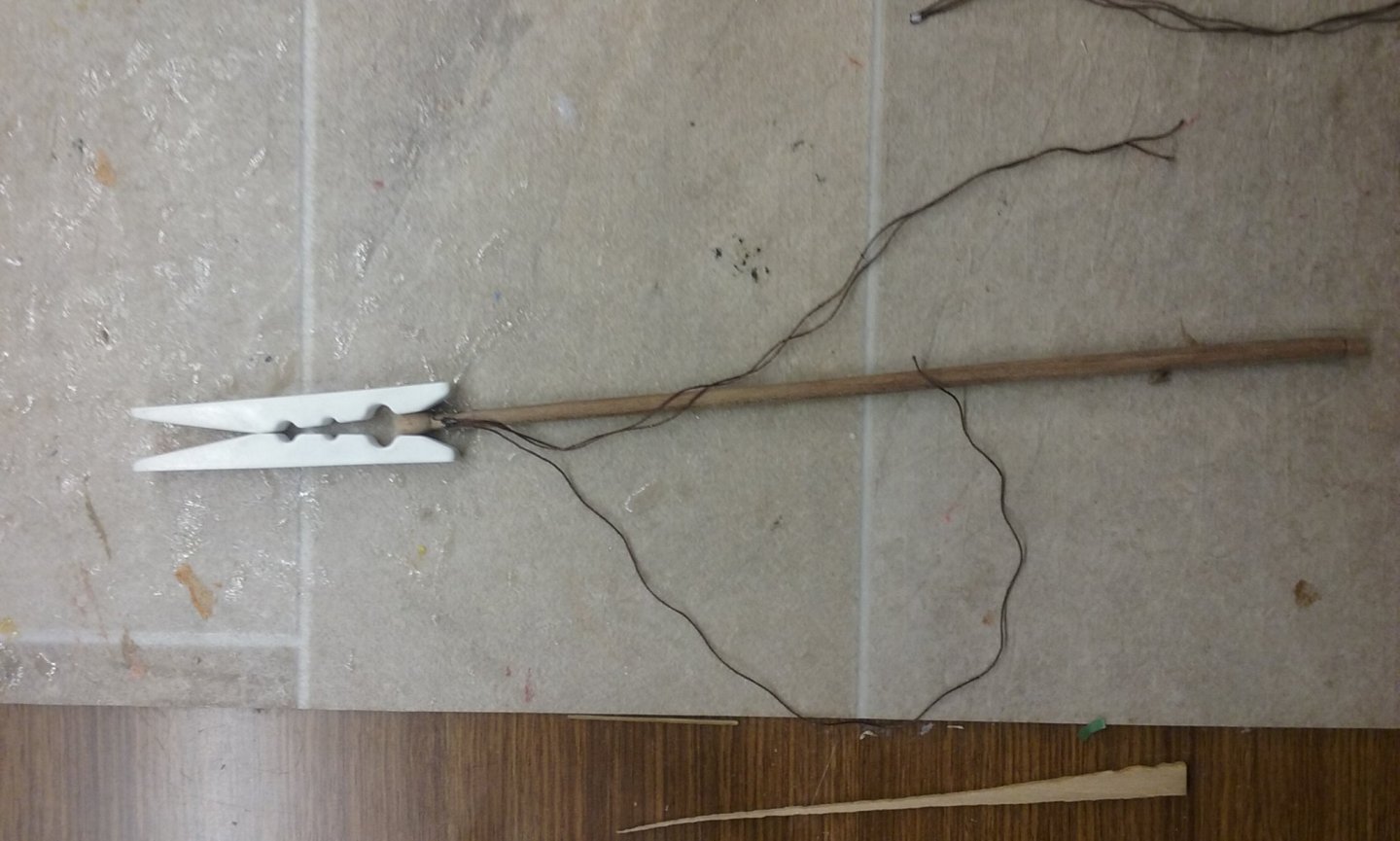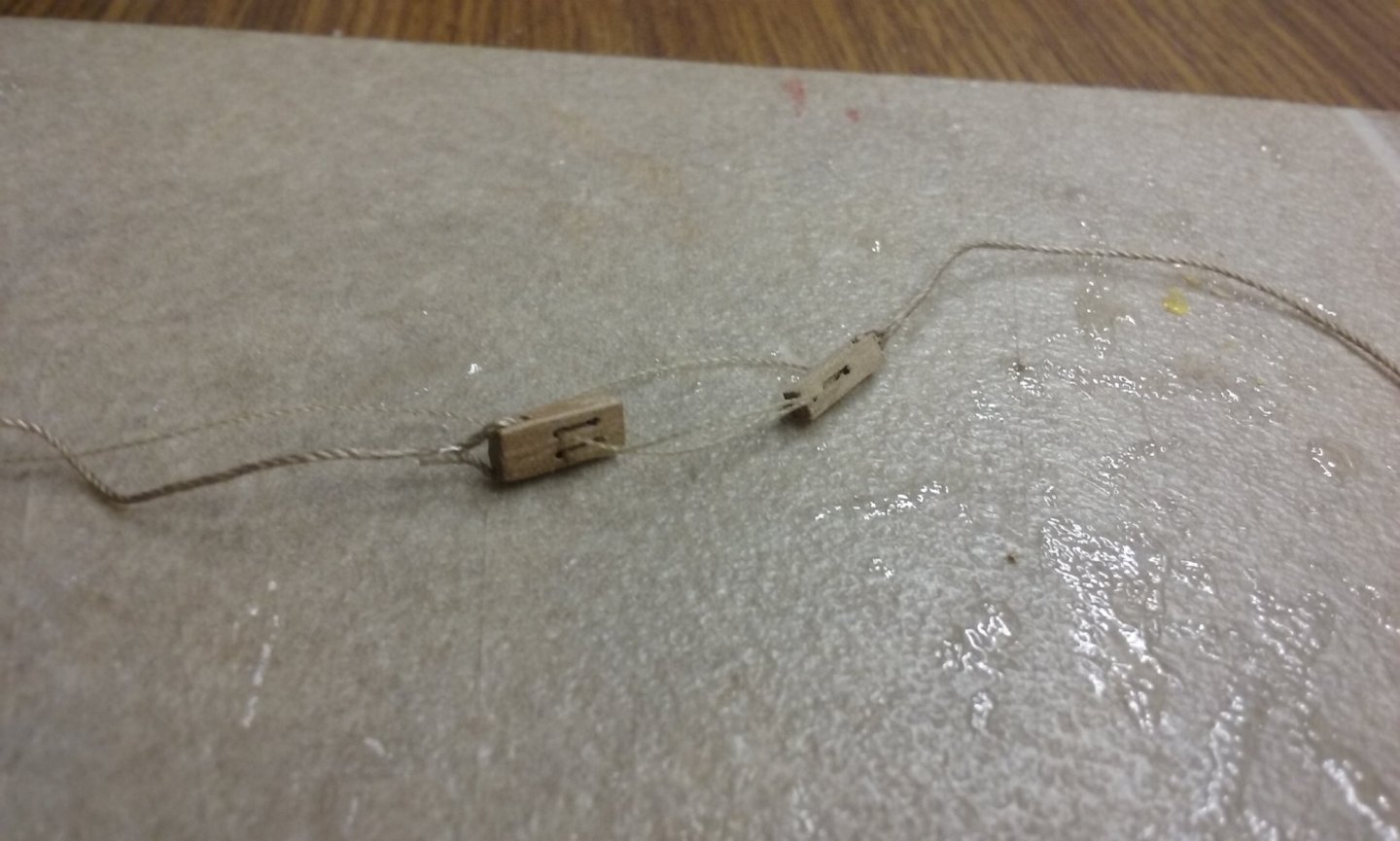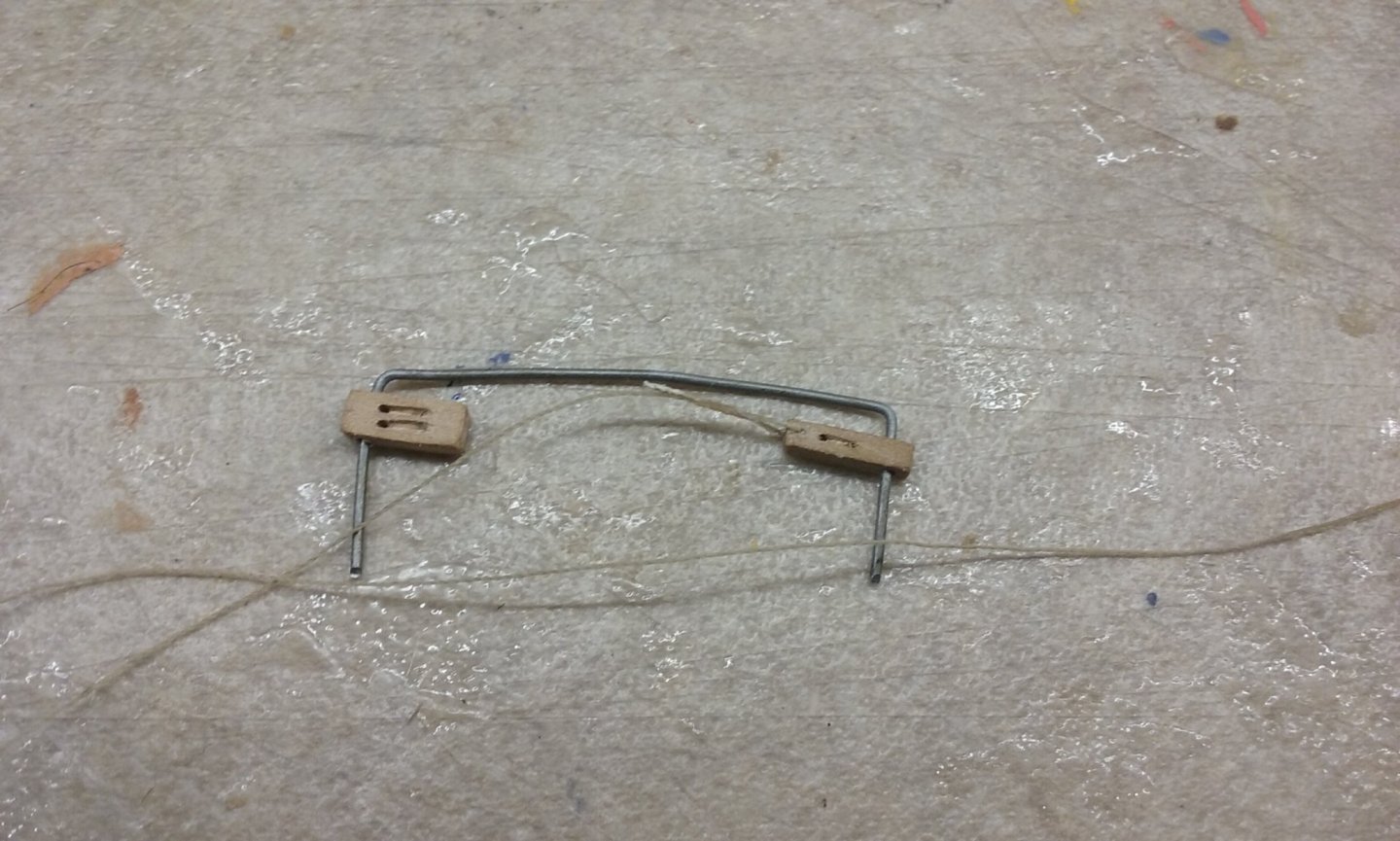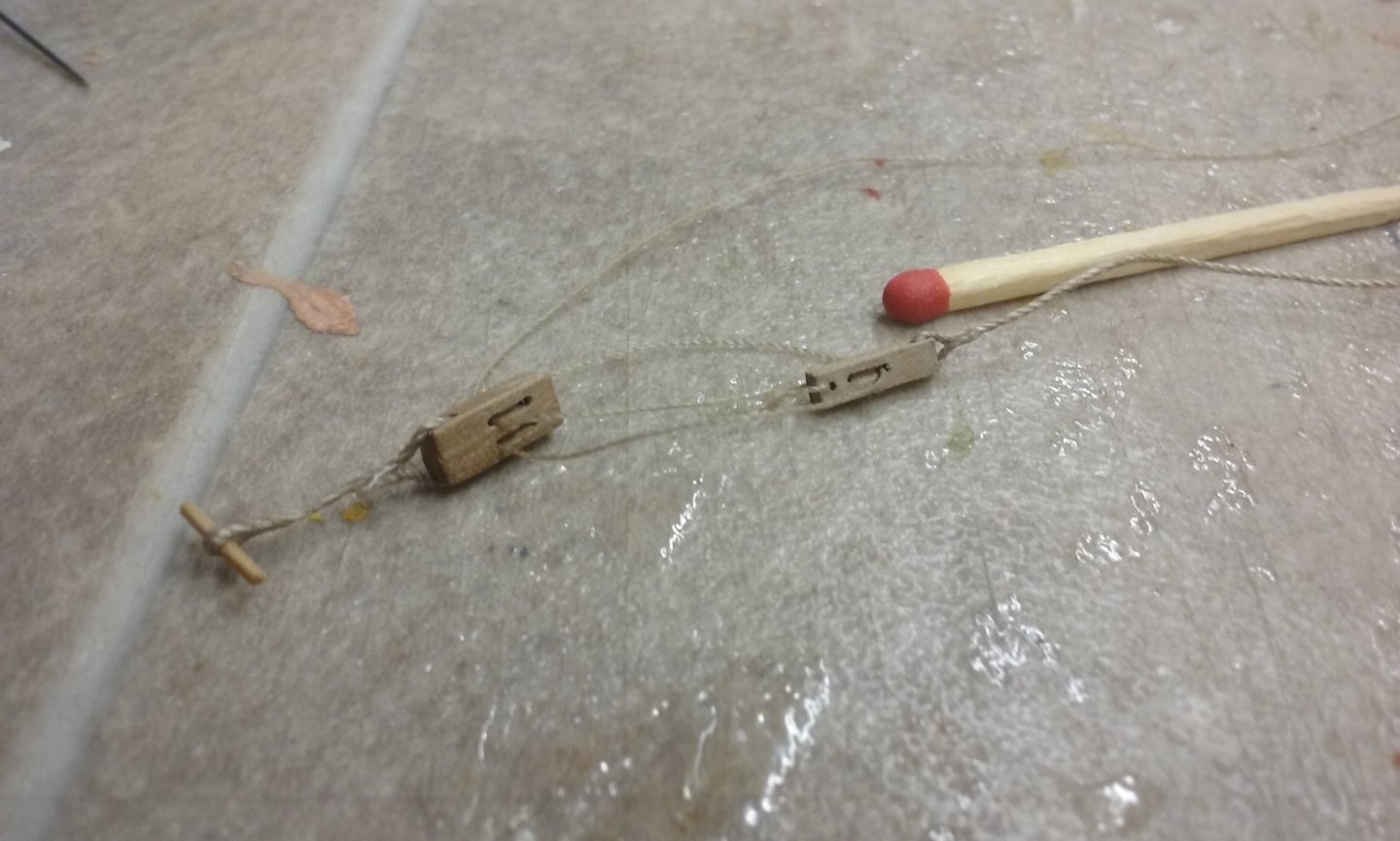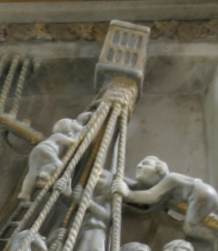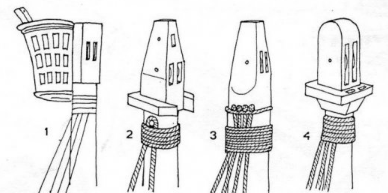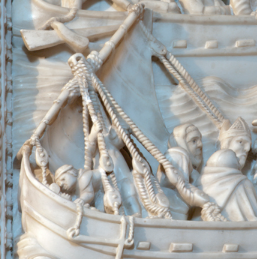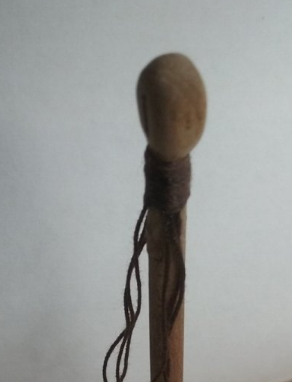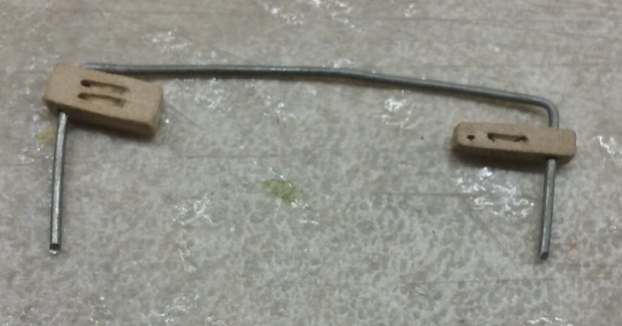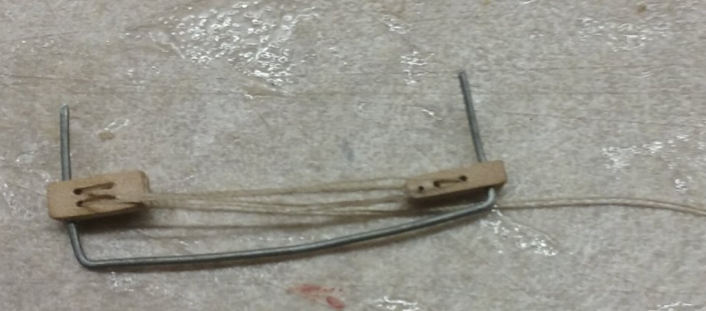-
Posts
7,989 -
Joined
-
Last visited
Content Type
Profiles
Forums
Gallery
Events
Everything posted by Louie da fly
-
Hi Christos, Are you asking this question about dromons? In other words was there a systematic way of naming Byzantine oared ships to show how many oars they had? There seems to be nothing of that sort relating to Byzantium. There are various names given to the war galleys of Byzantium - the single-banked scout ships were called galeai, and the larger ships went by several names - dromon, khelandion, pamphilion and others, but there was never any description of what each word actually meant, so the academics have been arguing about it for a long time now. Whether khelandion or pamphilion were just other names for a dromon is uncertain, and we'll probably never know. Apparently the word bireis was used, but more poetically than accurately, not necessarily to denote that the ship had two banks of oars. Anna Komnene refers to triremes, but there's no evidence the Byzantines had three-banked vessels - she's just showing off her classical knowledge (as was common at the time), not trying to accurately describe the ships. And regarding the number oars, there's unfortunately nothing in the names of the vessels to say how many they had but modern estimates of the number of oars for a dromon range from 100 to 150. Again academics can't agree, but I've taken Prof Pryor's figure of 100 as the basis for my model.
-
Good decision. I wouldn't get too worried about the model's fragility. In my experience ship models, no matter how frail they seem to be, are surprisingly robust. So long as you don't tread on it or run over it with a steamroller you should be ok. You can probably do well enough, at least to start out, with the tools supplied. But as you go along you'll probably discover the need for others. One thing you may not think of, but which is vital, is a wide range of different types and sizes of clamps. You can never have toomany clamps! But many modellers produce excellent results with a surprisingly small and basic collection of tools. And yes, a build log is a very good idea indeed. Let us know on this page when you start yours, with a link to the log. I for one will be following it. And have fun with it! That's what it's all about.
-
Liteflight, I'm sure you regret the digression to the full extent it deserves (seriously, it would get terribly boring if all we discussed was modelling). Not the Ionian Sea - the Sea of Marmara, which washes the southern coast of Constantinople. It's connected to the Aegean Sea in the south by the straits of Gallipoli and to the Black Sea in the north by the Bosphorus strait. Unfortunately the only information on the size of the wedges is pictorial, which immediately introduces uncertainty - were the artists portraying them accurately? And the only pictures that show them are from somewhere else and another time - hundreds of kilometres and hundreds of years. And thirdly, the great majority of mediaeval representations of ships don't show them at all. Is this because most of them were smaller than the ones in the pictures above, so don't show above the gunwale? Or have the artists just neglected to show them (which they certainly often do with other shipboard equipment which must have been there, such as blocks). There's a lot of 'best guess' involved in reconstructing something from that long ago, and often one simply has to go with what seems right. So yes, I'm increasing the size of the wedges to something I think looks sensible - about the size shown in the last picture in my previous post. Here they are under way - for the after mast, and for the fore mast. Wooldings are under way at the moment - photos later. Now that the wedges are in place I've discovered that the halyard knight for the fore yard is too close behind the mast - it gets fouled by the wedge assembly - so I'm going to have to move it back a bit. On another note, I've finished connecting the sets of blocks together with their tackle for all the shrouds (12 of them). A rather fiddly job, and I'm glad it's finished. Here's one set partially installed, just to see how it all works. I'm holding off doing any more on these till I finish another couple of things that have to be done first.
-
Happy birthday, Eric. Nice present. Those figures look very good, too. A bit hard to see detail, but from what I can see they look very historically accurate.
-
Oh dear, oh dear, oh dear - it juste keeps getting worse . . . Getting back on subject (remember the build log?) if the ship was under sail I would indeed have the lee shrouds slackened off. As she's only just hoisting the sails that won't be an issue. But the idea I have is that a favourable wind has just sprung up and they are going to take advantage of it . . . alternatively, she's just left the harbour of Theodosius on the southern coast of the City under oars (better manoeuvrability) and is now out in the Sea of Marmara in a nice breeze and is hoisting the sails to allow the oarsmen to husband their strength for when it's needed. If on the other hand they'd been leaving from the grand harbour of the Golden Horn they would have stayed under oars, as the currents in the Bosphorus Strait are fierce - the whole of the Black Sea to the north empties into the Sea of Marmara through a strait that is less than a kilometre wide. Before I install the shrouds I need to re-make the mast wedges which I now realise are far too small. Unfortunately there is no direct evidence of the form these took - the nearest pictorial representations are from Spain at the other end of the Mediterranean in the middle of the 13th century 100-200 years later than the model (the first two pics) or even later - the 1st quarter of the 14th century (the third) and from Italy from the 14th century (though the artistic style of this one looks very Byzantine we can't rely on the ship being anything other than Italian) Given that all the rest of the ship pictures I've been ableto get hold of don't show the mast wedges at all, perhaps they weren't as huge in most ships as shown in the first three pictures, and I'm more willing to base my representation on the last one, where the wedges come up a certain distance from the deck and then are tied down with wooldings. Which nonetheless means I have to re-make all my wedges. Still I think it's worth it to get the impression as accurate as I can manage under the circumstances. And the other thing I have to do is make some sails (furled) to put on the yards so these guys have something to hoist . . .
-
I'm a bit of a latecomer to this build. Looking good. I like your corrections to the kit in line with the illustration, and it's such an interesting shape of vessel!
-
My lovely wife suggested cutting the planks at the nearest frame to the offending point and swivelling the cut-off bit around that spot till it fits in place. The two cut edges would be at somewhat different angles and you would then cut one edge to line up with the other. And do the same with the other strakes if needed. Might not work, but worth thinking about, anyway. If it did you wouldn't have to find more timber for the strakes . . .
-
Sounds good. Apart from anything else, you'll be the only one who knows (apart from all of us, of course) that you've deviated from an exact copy of the original. In my view, they probably didn't get too fussed with exact placement (unless there really is some reason for the frames to be off-square) - all they wanted was something to keep the sides from being squoze inwards by the pressure of the seawater. I doubt that a Viking would get upset with you for doing it this way. On the other hand . . .
-
This really is terrible, and you deserve better for all the work you've done. The only thing I can think of is to cut yourself some new planking from matching timber - if you can get hold of any in the current global situation. However, firstly it looks like most of plank 24 is ok. So maybe you could cut it back to the nearest frame to where it goes wrong and keep the bit that fits. If 25 and 26 are so far off that the remaining gap (between them and 23) is far wider than a plank should be, then perhaps cut them back as well and replace their ends with something that has a curve which allows 24 to fit properly. But that all depends on being able to get timber that matches the existing strakes. That's all I've been able to think of. I hope it's of some help to you.
-
Thanks for all the likes and the comments. PhilB, glad to be of service - but be aware that my ship is lateen rigged, while yours would be square rigged, and the rigging plan is different. And I don't believe you need to have that kind of adjustment at the lower end of your shrouds. I've added some info regarding this to your build log. Making the blocks was rather difficult - at that scale (remembering that these are copies of real ones from archaeology) I couldn't get a drill bit the right size - the holes had to be drilled with a dressmaking pin with the head cut off. And they don't have real sheaves (pulleys) in slots - I just drilled two holes and carved a fake slot and "sheave" between them. Five sets done so far - another 7 to do; then I'll have enough to set up the shrouds. In the meantime I've also been working on the guys hoisting the after yard. I got a legth of wire to approximate a straight rope (rope's too flexible) so I could get them all in line. Not a perfect job - some of their feet don't touch the ground! -but when I glue them to the deck and replace the wire with a rope there should be enough flexibility to allow everything to work without the slight deviation from a straight line being noticeable. I don't know if you can see that the hands are based on the photos above of me hauling on the garden hose, but I put a lot of work into that and I'm pretty happy with the result.
-
I found some very interesting pictures for how the shrouds were attached to the hull before the advent of deadeyes: 1225-1250 MS. Bodley 764 Bestiary 1256 bibliotheque municipale de Lyon, MS 172 Bodleian Library MS. Bodl. 764 f.74v 1226-1250 I also find it interesting that at least some of the castles are coloured. But the great majority of ships of this period don't show shrouds fixed to the outside of the hull - they seem to be fixed to the inside of the planking - so you can't see what the fixings actually are. But perhaps they were done the way the model below has them (though I don't agree with the castles coming to a point at bow and stern - there's enough evidence to show that though they may have tapered inward, they didn't come to a point - it's a pretty model, though). Yarmouth Saint Nicholas Town Seal Late 13th Century
-
That was the first thing I thought when I saw the photos (though I was calling them the stempost and sternpost). Yes, as it's balsa you shouldn't have too much trouble trimming them down. You might be best not trying to make them much thinner - too much hassle, though you could make them get gradually thinner and thinner as they rise from the planking and that would probably look good - in fact I think that's what Viking ships did. And I agree, the mast looks too thick. You're committed to the thickness at the base because of the hole the mast sits in, but you could "step" the mast inward at the top of the crossbeam supporting it, and make it thinner from there up, tapering it toward the top. The headroom on a sailing ship varied but yes, it was always a compromise between headroom on one hand and on the other hand economics (cost of materials) and stability of the ship (too high a ship becomes more likely to capsize) - the smaller the ship the less headroom. The Royal Navy traditionally allows the loyal toast (Gentlemen, the King/Queen, God bless him/her) to be drunk sitting down because of the danger of bashing heads on the deck beams above. I think having castles would add to the look of the ship, bearing in mind that as this is a fantasy game, historical considerations don't really matter too much and castles look cool - and anyway, there is a style of ship which I call a nef (because it doesn't really have a proper official name and nef meant ship in Mediaeval French), which was effectively a Viking ship with a castle at each end. The earlier type had the castles as pretty much completely separate structures just sort of bunged on, and sitting within the length of the hull - and had a steering oar. Unknown manuscript illustration of sea battle - source unknown. Seal of the city of Wichelsea, 1274 AD The later ones had the castles incorporated more into the hull (and sticking out at each end), and some (but not all) had a stern rudder. British Library Egerton MS 3028 f. 118 1338-1340 Seal of Dover 1305 In this case cardboard is your friend - I have used cereal box cardboard to work things out for my own build with great success, and I have several rice bubbles boxes flattened out waiting to be used for future models. If you add castles, I'd recommend you extend the deck to cover the midships section (unless you're unreasonably attached to that mast step you did so much work on) - which would also allow you to hide the place where the thickness of the mast changes - and have the castles high enough off the deck to give headroom for people to stand under them - which would probably mean the earlier style of nef which seemed to have higher castles. It's all coming together nicely. Keep up the good work.
-
I can't "like" that, but I do know the feeling. But it's retrievable, and it's a beautiful model. Maybe just take a break, have a coffee, come back to it later.
- 179 replies
-
- shipyard
- wütender hund
-
(and 1 more)
Tagged with:
-
I've been working on the shrouds and the tackle for them. Woodrat was kind enough to send me drawings of the upper fastening of shrouds on various mediaeval Mediterranean lateeners, and I've based mine on these and other contemporary representations. I used a clothes peg to hold the calcet upright so I could glue the shrouds at right angles to the sheave (i.e. on the sides of the mast) It was a bit more difficult on the foremast because I'd already glued it in place, so I had to deal with it standing up instead of lying on the bench. And then I wrapped wooldings around mast and shrouds as in the contemporary representations above. The next thing was to work on the tackle for the lower ends of the shrouds. Deadeyes were an Atlantic invention, and they didn't come into use in the Mediterranean until the 16th century. Instead, shrouds were held to the hull, and tension adjusted, by pairs of blocks - the lower block single-sheaved and the upper block double-sheaved. Single-sheaved blocks have been found on Byzantine wrecks, but I haven't come across any equivalent finds of double-sheaved blocks. However, triple sheaved blocks have been found, so I extrapolated/interpolated between the singles and triples to create what I believe a Byzantine double-sheaved block would have been like. Threading these things is very fiddly, and they often act like fencing wire - they have a mind of their own and fly off in all directions right in the middle of the process, and get twisted so you thread through in the wrong direction and have to do it all again. So I adapted a method I've seen in setting up deadeyes, which get the tackles the same length and reduces the problem with twisting. Rather than strops, the main rope is secured by passing through a hole in the block. I've then glued the rope in an eyelet to approximate the look of an eye-splice, which I believe is most likely how they were attached. The rope for the double-sheaved block is short and ends in a toggle. This will pass through an eye-splice in the main shroud, acting as a quick-release mechanism (this technique is still used on Mediterranean lateeners, though I haven't seen it used on shrouds). The free end of the rope from the single-sheaved block will pass through a ringbolt attached to the side of the hull and be tied off. This leaves the tackle between the blocks, which is used to adjust tension. The free end will be belayed to a cleat near the ringbolt. When I started organising all this I realised I'd made a mistake. There are in fact three different single-sheaved cleats that I've made copies of. The ones in the shroud tackle have a small through-hole at the end (see photo immediately above) to which the tackle between the blocks is belayed. Unfortunately, I used these ones for the tacks and vangs on the yards, when I should have used the other ones I'd made (which were identical except for the little hole in the end). So I had to undo all that work and swap the blocks around. Annoying, but it had to be done. As I removed a pair of blocks I replaced it with the correct pair and then moved to the next pair. That way I didn't get things mixed up (very easy to do). I used a clothes peg to keep the yard upright, so the blocks would be hanging vertically from the ends of the yard. And when the blocks had all been removed I was able to re-use them on the shrouds, which is where they were supposed to have been all the time. More to come in due course.
-
Coming together nicely. The blocks and rigging, and particularly the flags, are very good, especially at 1:100 scale. And yes, there's a lot to be said for the feeling of achievement of painting them yourself instead of letting a computer and printer do the work for you.
- 19 replies
-
- golden yacht
- card
-
(and 1 more)
Tagged with:
-
You've done a beautiful job of modifying the capstan Jeff.Looks really good - a bit shiny at the moment, but the matt varnish should take care of that.
- 133 replies
-
That's very interesting. I'm looking forward to seeing how it turns out in the next stage . . .
-
You are getting the job done (despite the rotten instructions) and it looks like the end result is going to be very good indeed. But I won't be recommending Dusek to anyone who wants to build a model of a Viking ship. Keep at it, mate. Every time you come up against one of these problems and overcome it, you not only achieve something with this model but you gain experience, skill and judgment for your future builds.
-
Well really I should have been wearing more appropriate attire - I have all the Byzantine costume, but haven't worn it for yonks as i don't do re-enactment any more. I did think about repositioning the columns in relation to the benches but the problem is that the benches are uneven distances apart (a mistake I made much earlier in the build). I decided the most important thing was to get the columns spaced evenly - following the uneven spacing of the benches would just look wrong, particularly as I've put arches between the columns. So no matter what I did some of the columns wouldn't be in front of the benches. It's a compromise, but in the circumstances I think it's the best one available. Oh, and the Romans didn't have galley slaves - that's Hollywood. Galley slaves didn't become a "thing" until the Renaissance.
-
Thanks for the likes and comments. One thing that is definitely true - the castles are a lot stronger than before. And I do think doing this has made the whole thing look better. I can still tidy up the benches a bit by inserting a little bit of wood to close up any minor gaps between the bench and the column. And I think this is less noticeable than leaving it as it was.
About us
Modelshipworld - Advancing Ship Modeling through Research
SSL Secured
Your security is important for us so this Website is SSL-Secured
NRG Mailing Address
Nautical Research Guild
237 South Lincoln Street
Westmont IL, 60559-1917
Model Ship World ® and the MSW logo are Registered Trademarks, and belong to the Nautical Research Guild (United States Patent and Trademark Office: No. 6,929,264 & No. 6,929,274, registered Dec. 20, 2022)
Helpful Links
About the NRG
If you enjoy building ship models that are historically accurate as well as beautiful, then The Nautical Research Guild (NRG) is just right for you.
The Guild is a non-profit educational organization whose mission is to “Advance Ship Modeling Through Research”. We provide support to our members in their efforts to raise the quality of their model ships.
The Nautical Research Guild has published our world-renowned quarterly magazine, The Nautical Research Journal, since 1955. The pages of the Journal are full of articles by accomplished ship modelers who show you how they create those exquisite details on their models, and by maritime historians who show you the correct details to build. The Journal is available in both print and digital editions. Go to the NRG web site (www.thenrg.org) to download a complimentary digital copy of the Journal. The NRG also publishes plan sets, books and compilations of back issues of the Journal and the former Ships in Scale and Model Ship Builder magazines.




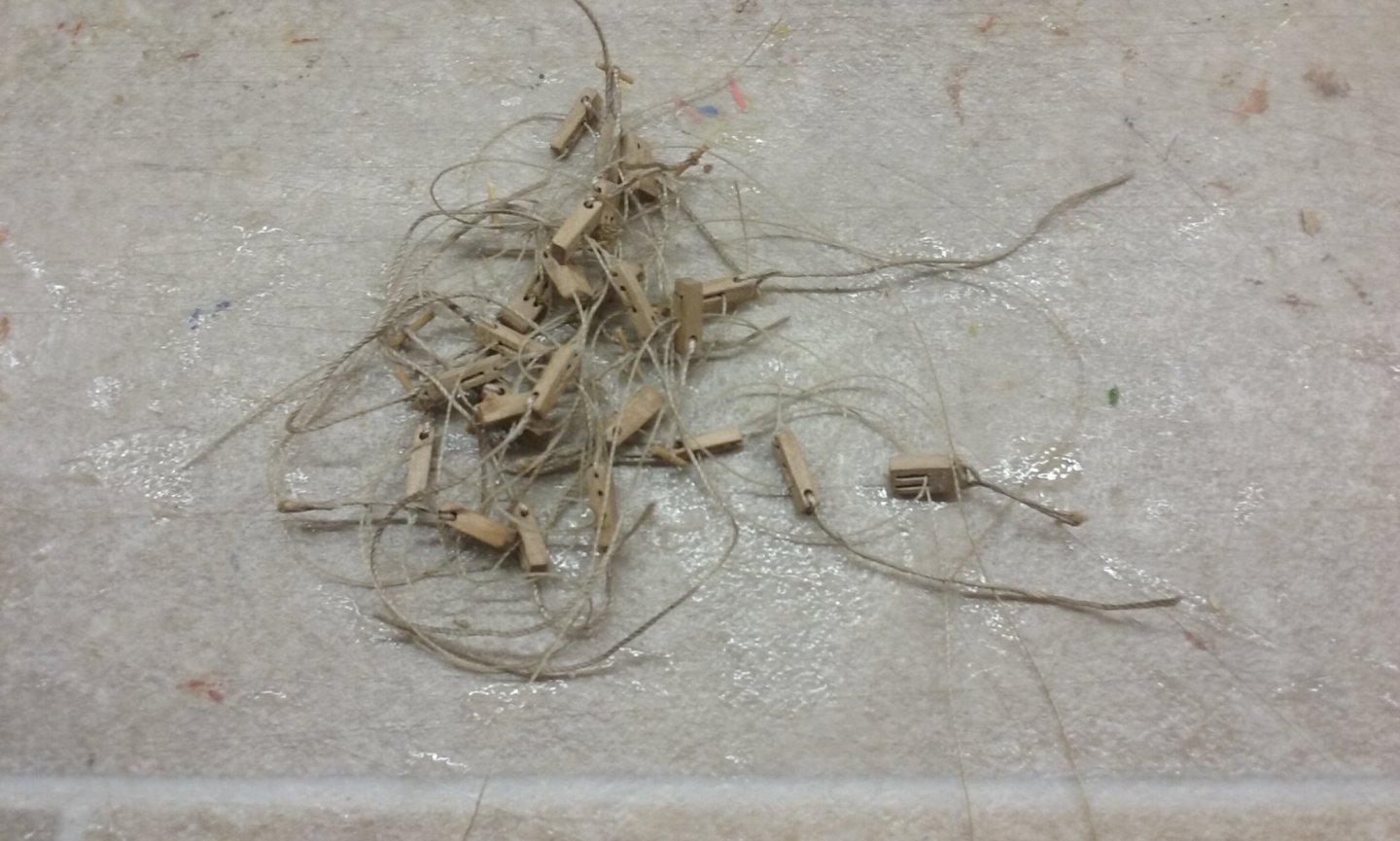
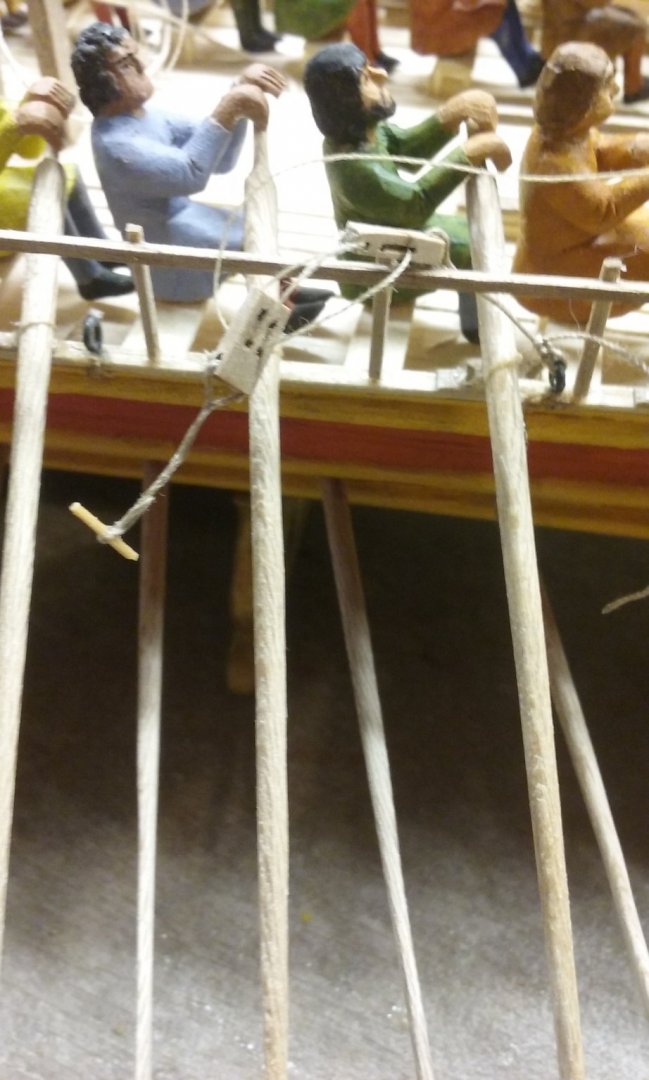
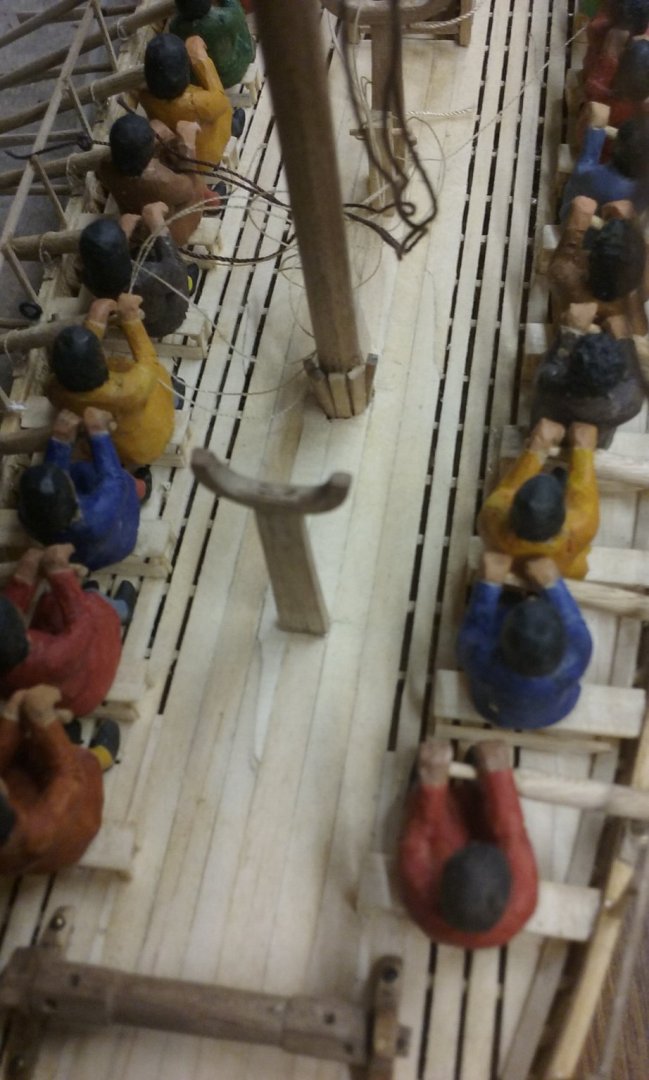
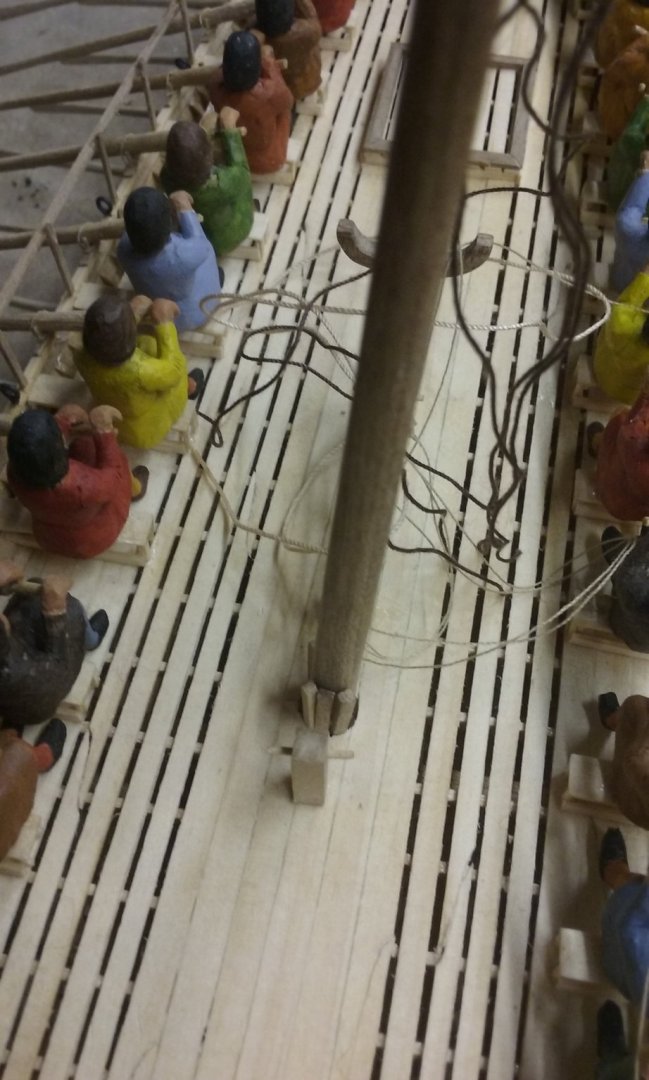
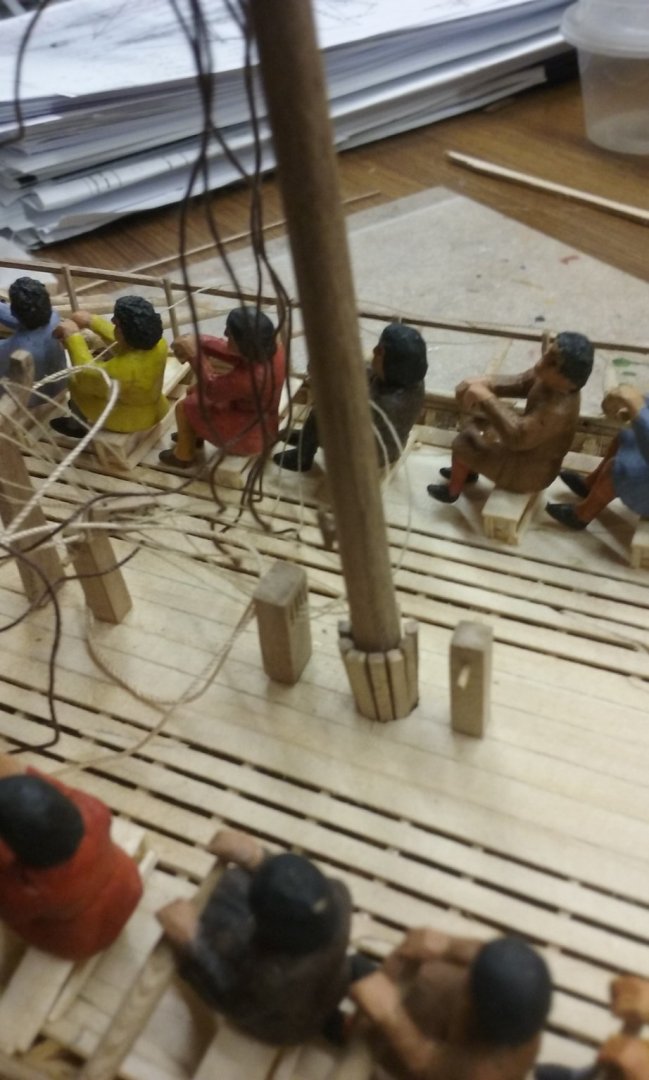
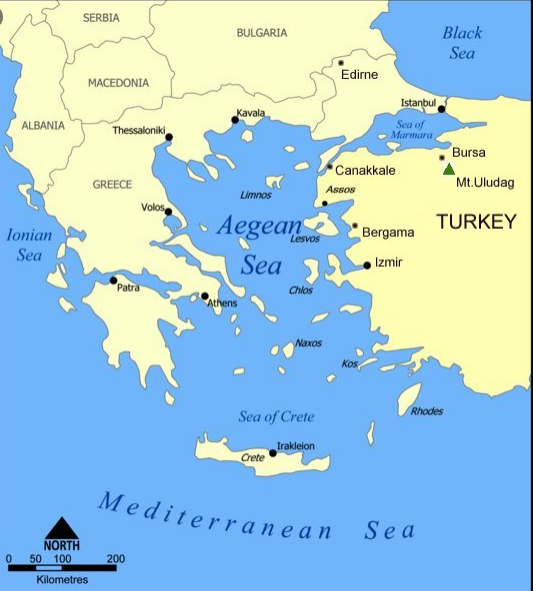
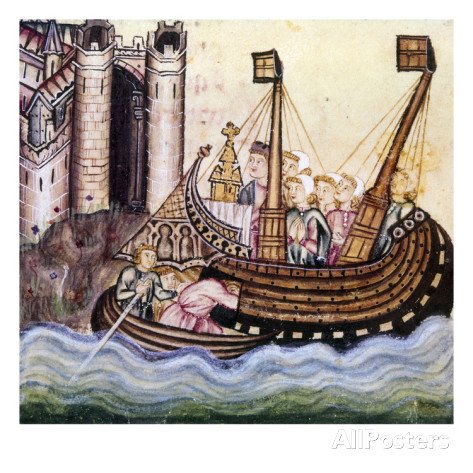
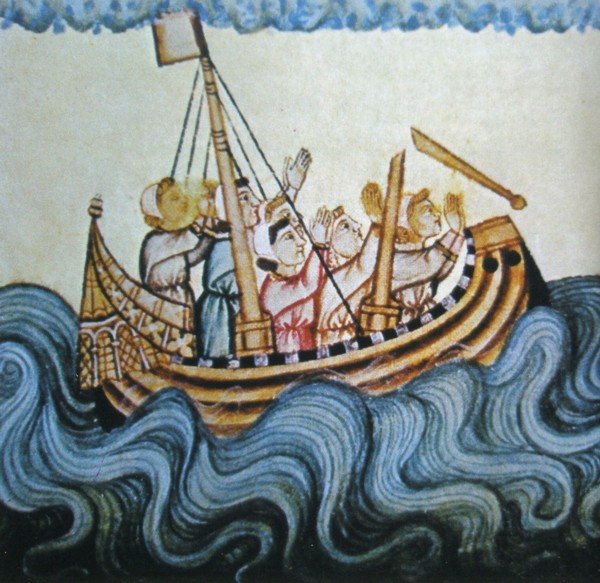
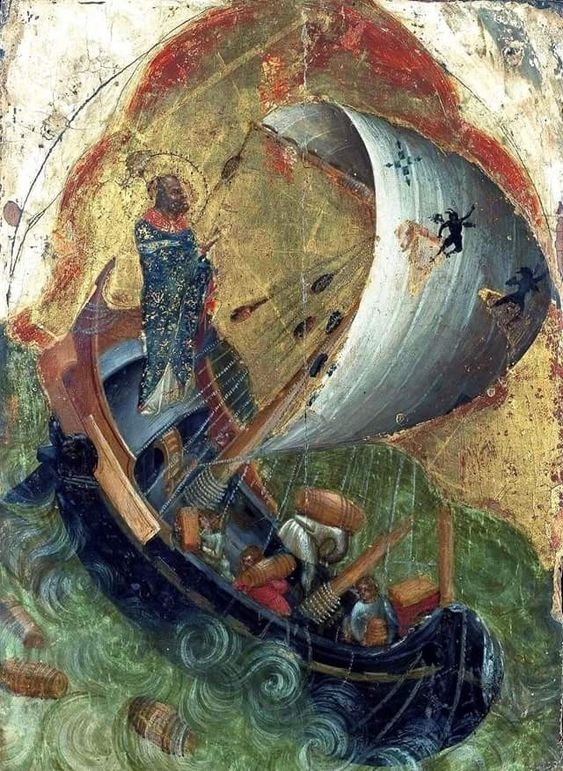
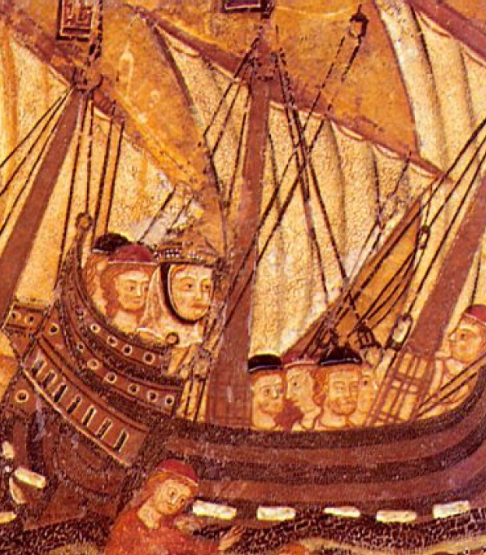
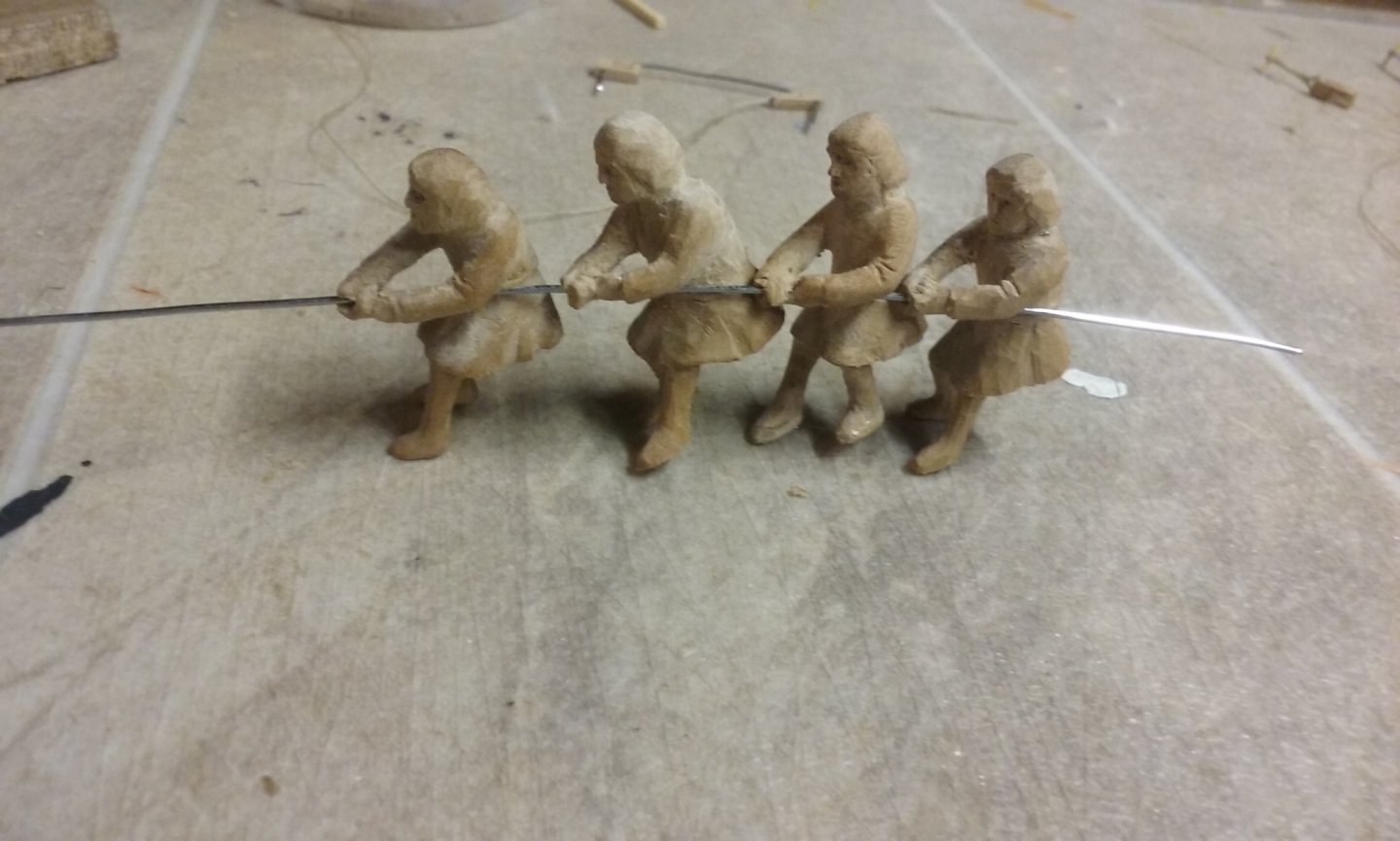
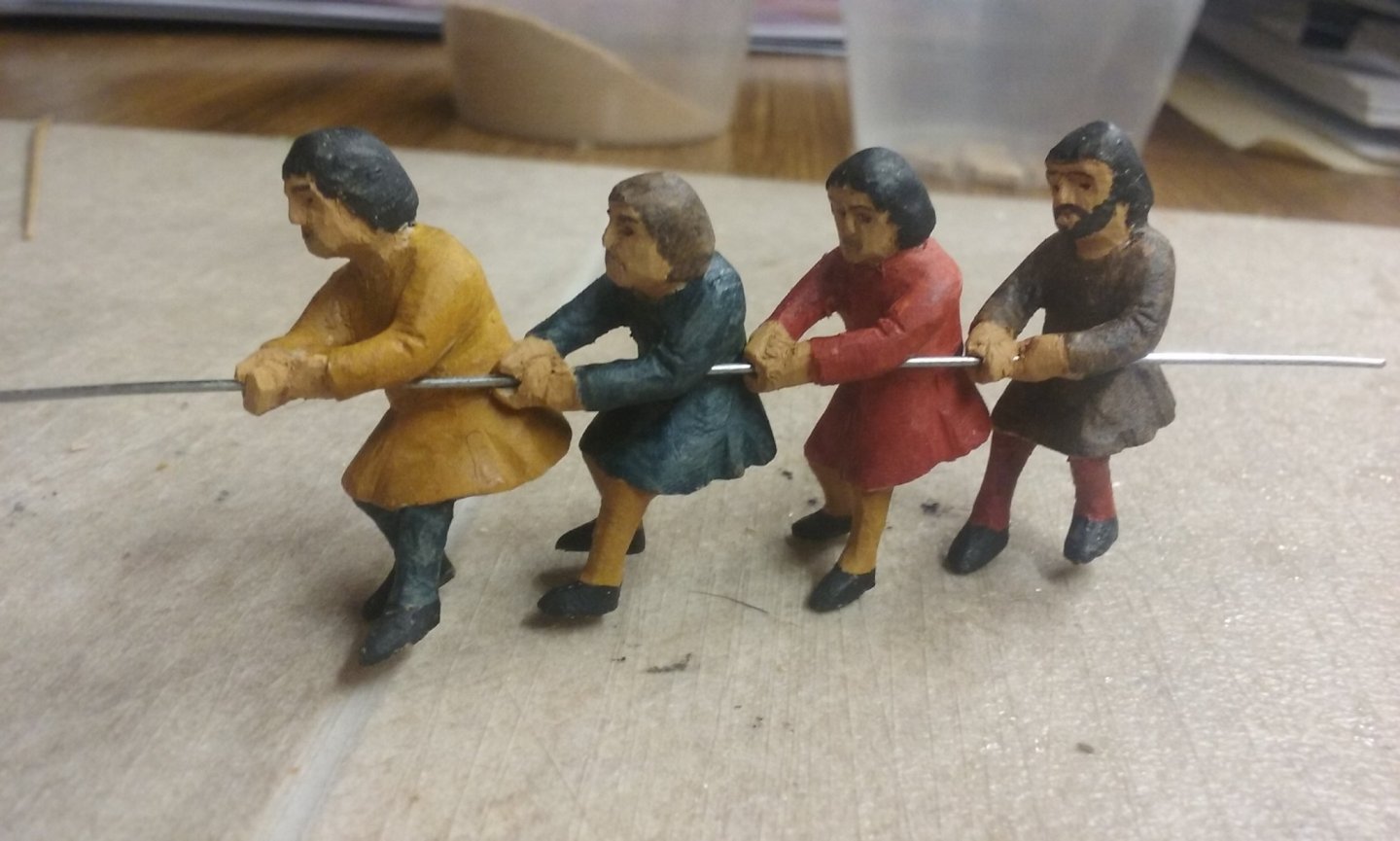
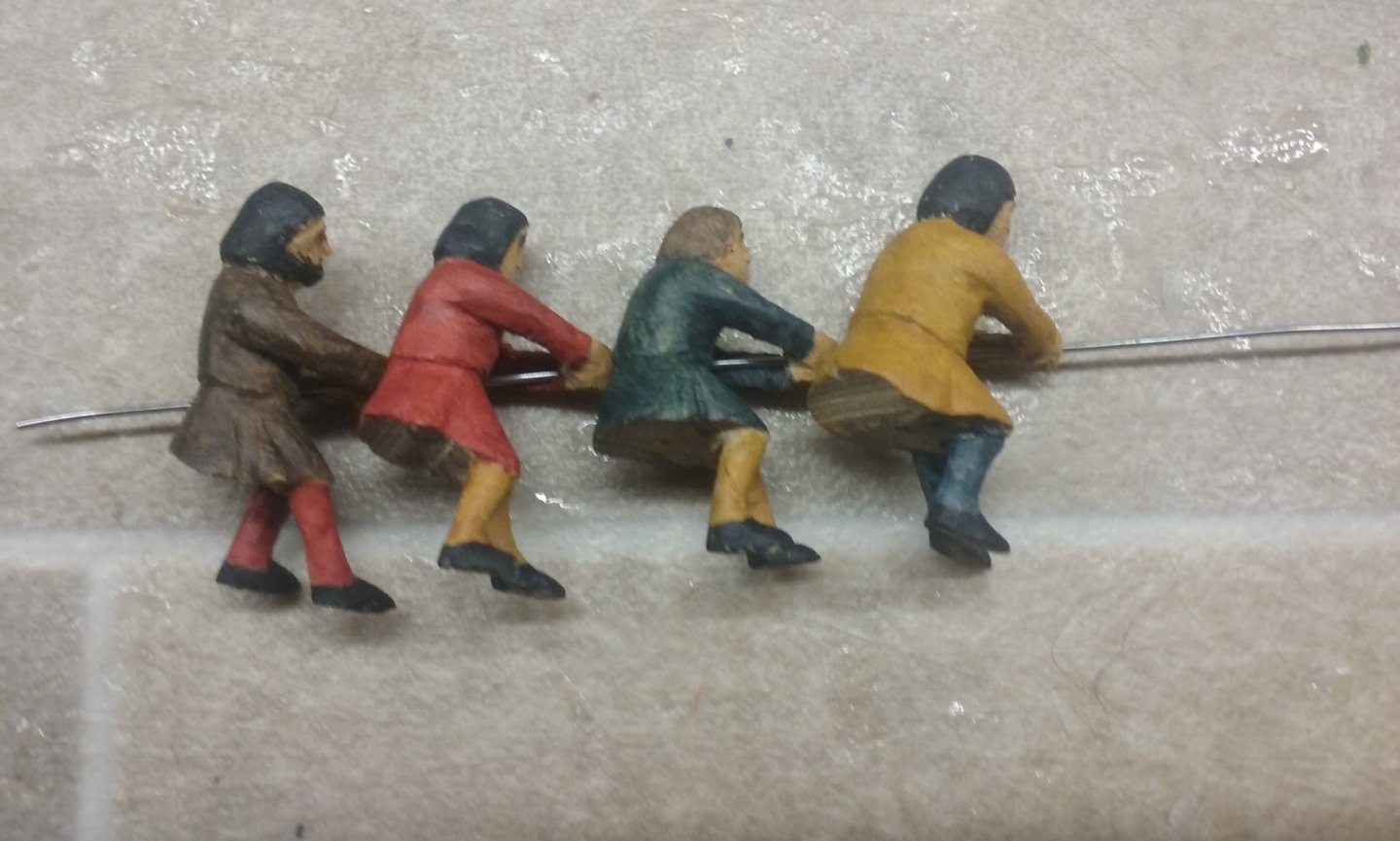
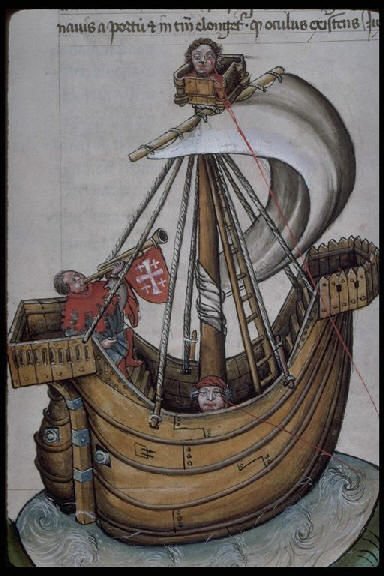
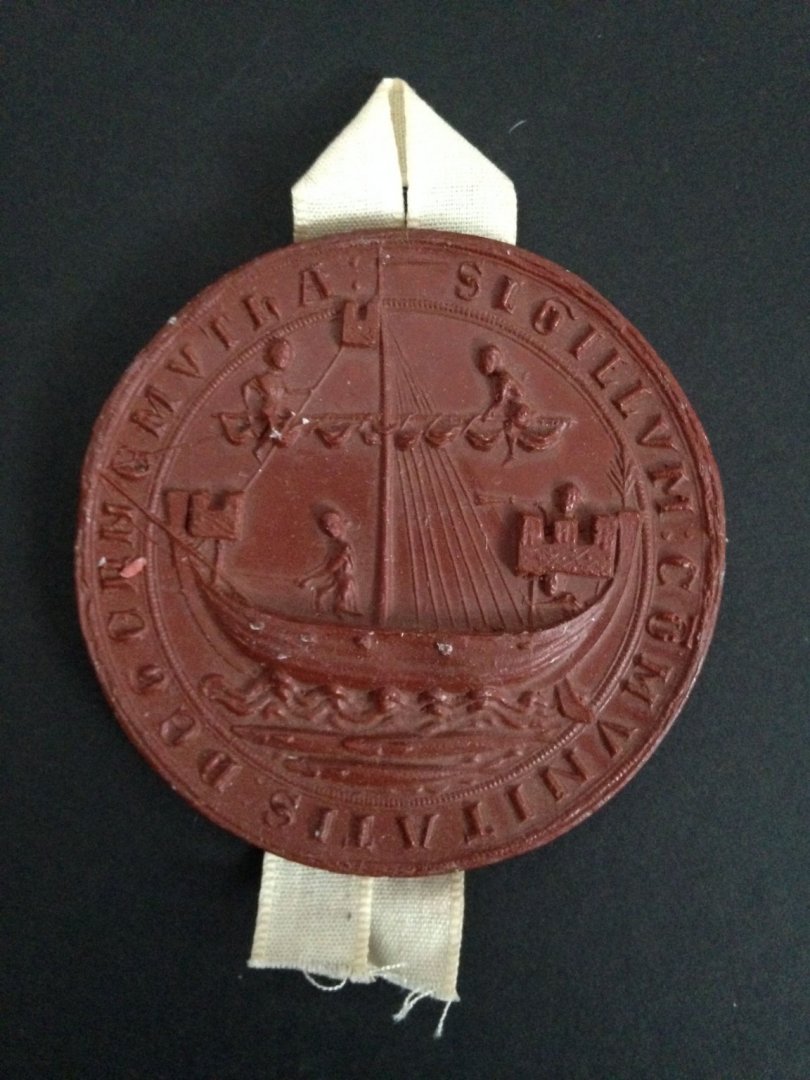
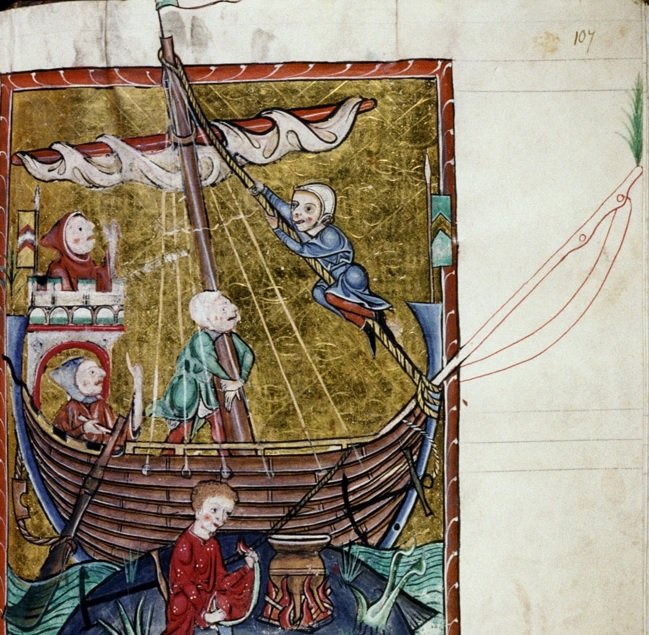
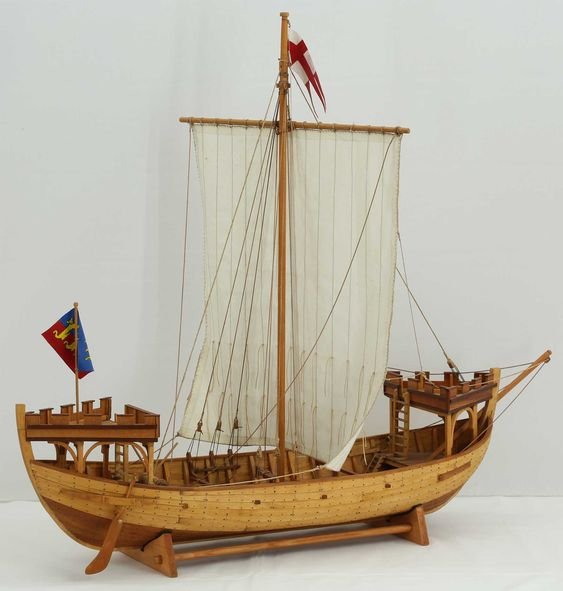
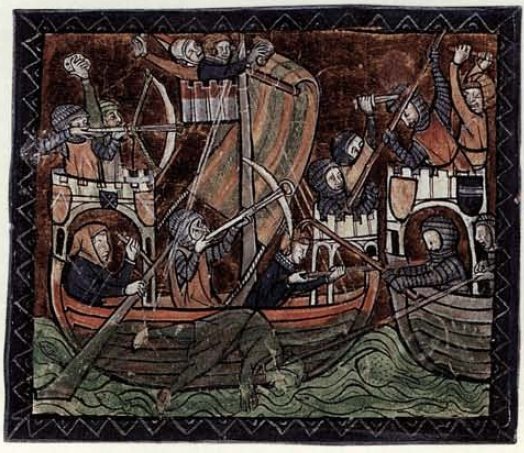
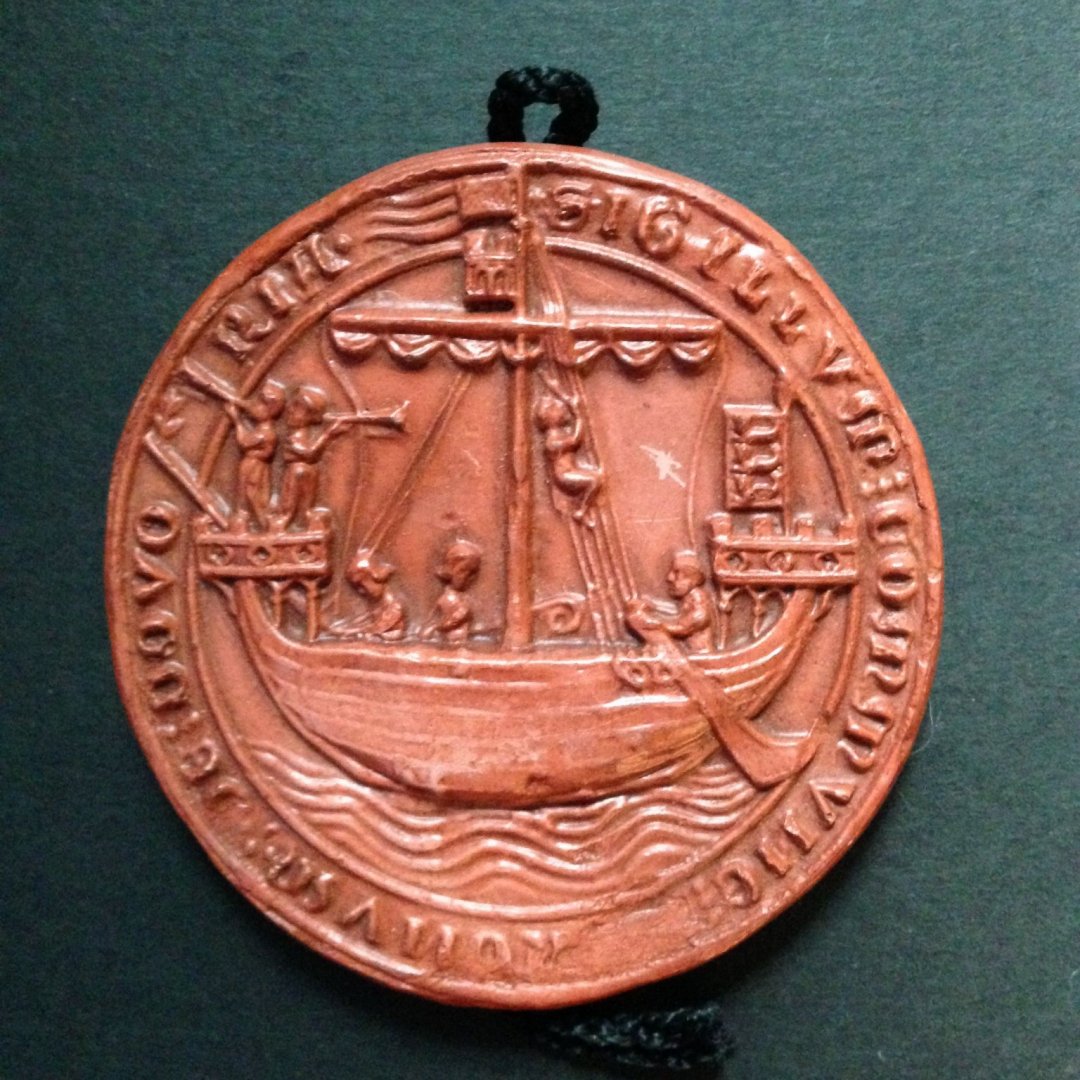
.thumb.jpg.8c755b22985a09361b5bf67daa497b51.jpg)
